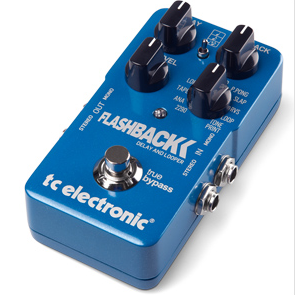This guest post comes from Barry Gardner, mastering engineer at SafeandSound online mastering services
How to Use Compressors
One of the most common tools that will be found in music production studios is an audio compressor. I will initially make distinction between dynamic range compressors and for example an MP3 compressor, here we are dealing with the control of audio dynamics not lossy audio formats. Compressors have been used since the 1950’s initially in radio broadcasting and also in the creation of vinyl records. An audio compressor is a device which could be described in it’s simplest form as an automatic level dependent fader. A compressor has a number of uses in a music mix and we will explain what those uses are and the basic controls. Audio compressors can be used for both practical and creative purposes. Practically a compressor can even out the loud and soft levels within a piece of audio, creatively we can affect the sound tonally and alter the transients (peaks) within the audio. You will find both analog and digital audio compressors and the controls found on them are largely the same so either will be suitable for practicing the controls.
Compressors have a number of controls which may initially be confusing for a new user. We will outline and discuss each control. It can be useful to have a plugin instance open when you go through each control. Please note not all audio compressors will have all controls.
- Threshold – The threshold on a compressor determines the signal level at which the onset of compression begins.
- Ratio – The ratio relates to the amount of compression that is applied once the threshold has been exceeded. The higher the ratio the more more compression. For example a ratio of 5:1 means if the threshold is exceeded by 5dB the output will rise by only 1dB
- Attack – This time constant determines how quickly the compression will occur at onset and relates to the transient peaks in the audio. Often stated in milliseconds. Occasionally scaled 1-10.
- Release – This time constant determines how quickly the compression action will return to a state of no compression. Often stated in milliseconds. Sometimes scaled 1-10.
- Make up gain – Compression reduces overall level of a piece of audio by bringing down the level of the peaks, however by using the make up gain (normally adding the same amount as indicated on the gain reduction meter) you can bring up the overall perceived volume.

